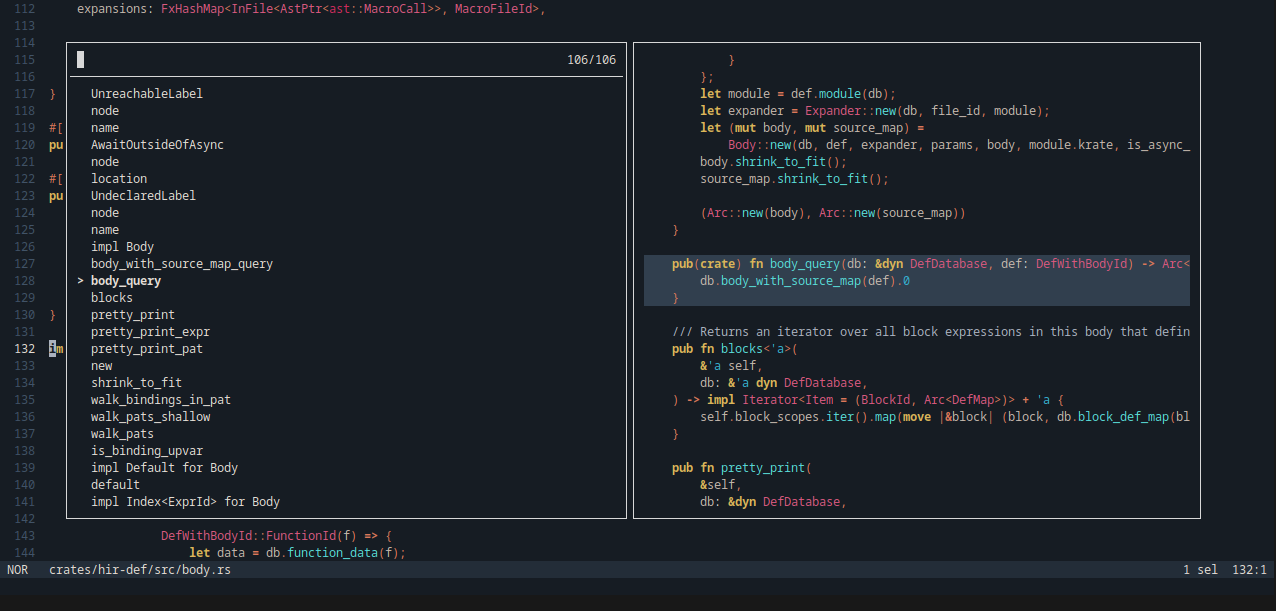

They refuse to make changes to their C code, so it can cooperate with Rust code via bindings.
I don’t even think the rust devs where asking for that. They are refusing changes by rust devs that help with rust while making the c code clearer and even refuse to answer questions about the semantics behind the c code. At least as far as I can see from the outside.



Documentation is generally considered one of the stronger points of rust libraries. Crates.io is not a documentation site you want https://docs.rs/ for that though it is generally linked to on crates.io. A lot of bigger crates also have their own online books for more in depth stuff. It is not that common to find a larger crate with bad documentation.